
Here’s a little secret about hormone balance — it’s not just about supplements, tests, or big health overhauls. It’s the small things you do every single day that quietly keep your body in rhythm. The way you start your morning, how often you pause to breathe, even what’s in your water bottle — all of these tiny choices add up to major hormone harmony.
In this post, we’ll uncover some of the “hidden helpers” already in your daily routine — plus a few gentle swaps that can make your days flow more smoothly (and your hormones, too).
“I used to believe that balancing hormones required making huge changes and undergoing endless tests to check individual parameters. However, I've since learned that it's more about taking a holistic approach. Yes, I do use supplements to support my body in the areas it needs, helping it to thrive and receive the nourishment it craves. Along with supplements, I follow routines that are essential for my body to function at its best. It's easy to overlook just how important these fundamental pillars are in supporting the body to achieve balance."
1. Morning Rhythm: How You Start Sets the Tone
Hormones love predictability. Waking, eating, and sleeping at roughly the same times each day helps your internal clock — and your endocrine system — stay in sync.
Morning light exposure is one of the simplest (and most powerful) ways to regulate cortisol, serotonin, and melatonin. Try stepping outside for just 5 minutes after waking, even if it’s cloudy. This signals your body that the day has begun and sets your natural rhythm for better sleep later.
Then, instead of diving straight into screens or stress, take a pause. Stretch. Breathe. Diffuse something bright and uplifting. Those first moments of calm tell your body, “We’re safe. You can operate from balance, not survival.”
“My favorite part of the morning now is drinking a glass of lukewarm water with minerals before I start meditating, choosing each morning an essential oil blend that matches the topic or my emotions - it’s such a simple habit, but it shifts everything.”
2. Nourishment Habits: The Right Fuel for Steady Energy
Your hormones depend on stable blood sugar to function well. Skipping meals or relying on caffeine to push through can send cortisol on a rollercoaster — and that ripple affects everything from your mood to your sleep to your cycle.
Focus on protein, fiber, and healthy fats with each meal. These macronutrients keep your blood sugar balanced and provide building blocks for hormone production.
Try this: swap sugary snacks for real-food energy — an apple with nut butter, hard-boiled eggs with sea salt, or a smoothie with greens and avocado. These small swaps help your hormones feel safe, nourished, and supported all day long.
“One client swapped her afternoon coffee for the red drink — and within a week, her energy crashes disappeared.”
3. Hydration and Minerals: The Overlooked Connection
Dehydration can mimic hormone imbalance — fatigue, headaches, brain fog, cravings. Your adrenal glands, which manage stress hormones like cortisol and adrenaline, also need minerals like sodium, magnesium, and potassium to function properly.
Simple swap: instead of plain water all day, add a pinch of sea salt or trace minerals to one or two glasses. This helps your body actually absorb the water and restore electrolyte balance. Bonus points if you drink from glass or stainless steel instead of plastic to minimize toxin load.
4. Movement and Mindfulness: Gentle Is Powerful
When you’re overwhelmed, intense workouts can push your body further into “fight or flight.” Gentle movement — walking, yoga, stretching, or dancing — helps balance cortisol and increases circulation to your endocrine glands.
Even five minutes of mindful breathing or stretching or stepping outside and go for walk just for a couple of minutes between tasks can help to reset your nervous system.
During my busiest days, I used to skip movement because I thought I didn’t have time. Now when times are tense I start my day with movement like walking or a yoga session — it’s my "me time" and I know that the day will feel smoother. If necessary I throw in a walk through the neighborhood or garden to check on the plants until I start breathing properly again - it's mini balancing reset”
5. Your Environment: The Low-Tox Advantage
Every day, your body filters out a cocktail of environmental toxins — from cleaning products to skincare to air fresheners. Many of these chemicals act as endocrine disruptors, confusing your hormones and making balance harder to achieve.
Start simple: switch one product at a time to a low-tox version. Try natural cleaners with essential oils, glass containers instead of plastic, or fragrance-free laundry detergent. These swaps reduce your body’s burden and free up energy for healing and balance. There are wonderful alternatives out there - reach out when you want to know which we trust and why.
6. Habit Stacking: How to Make It All Stick
Balancing hormones isn’t about perfection — it’s about rhythm. Choose one new helper to focus on each week, and layer it onto something you already do.
- Drink lukewarm mineral water first thing in the morning
- Move, like, stretch or walk before pouring your first coffee
- set yourself a reminder to drink water regularly throughout the day
- Diffuse lavender while you brush your teeth at night.
These micro habits add up fast. You’re teaching your body consistency — and consistency builds safety, which builds balance.
7. Small Shifts, Big Wins
Hormone balance isn’t a mystery — it’s a rhythm. When your body feels supported, safe, and steady, your hormones naturally follow suit. You don’t have to chase perfection — just listen, adjust, and build gentle consistency.
✨ One calm morning. One nourishing meal. One mindful moment at a time. That’s how balance begins.
Join my free Weekly Wellness Tips — practical, simple swaps and aromatherapy habits to help you feel your best, one drop at a time.



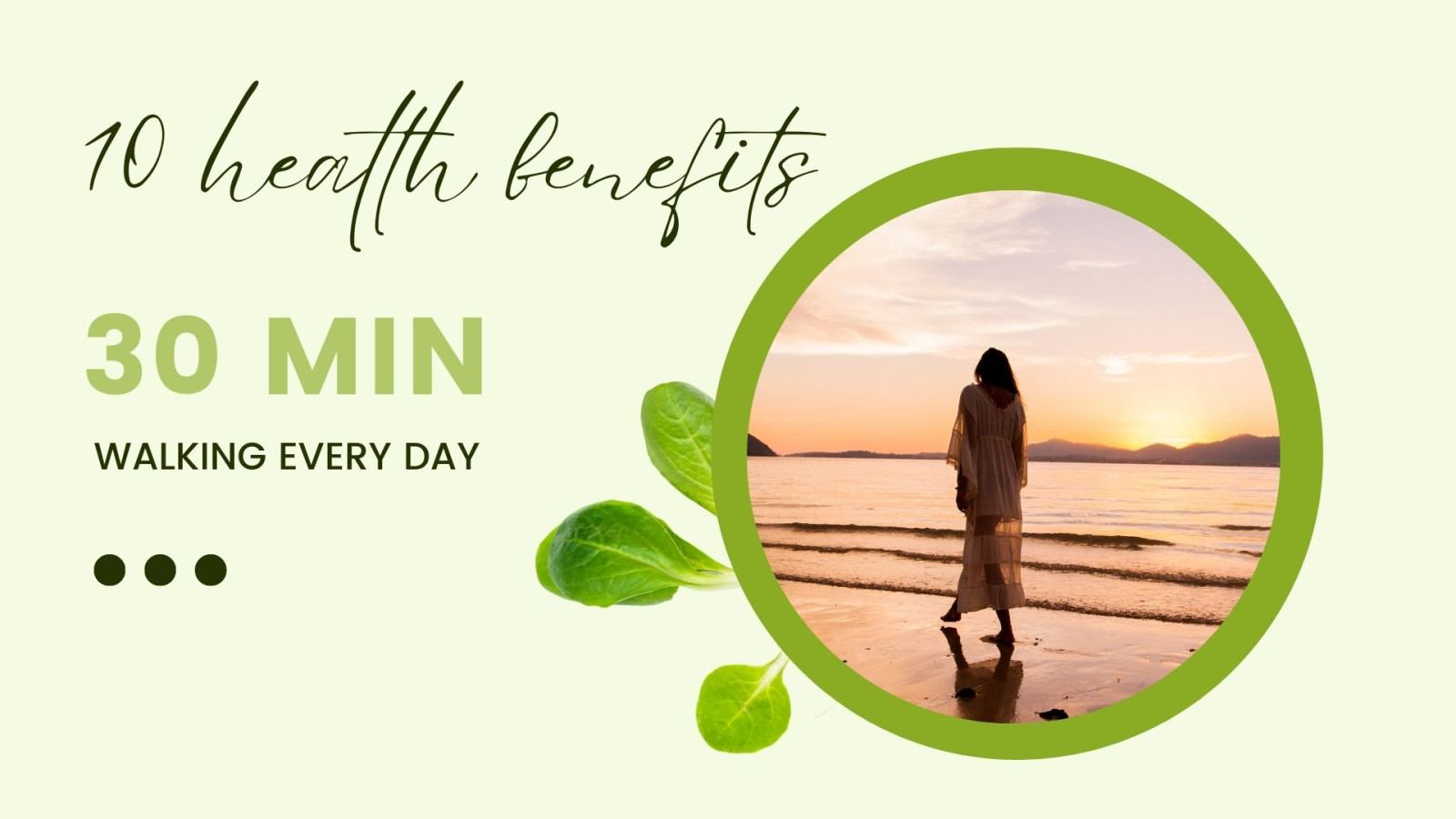

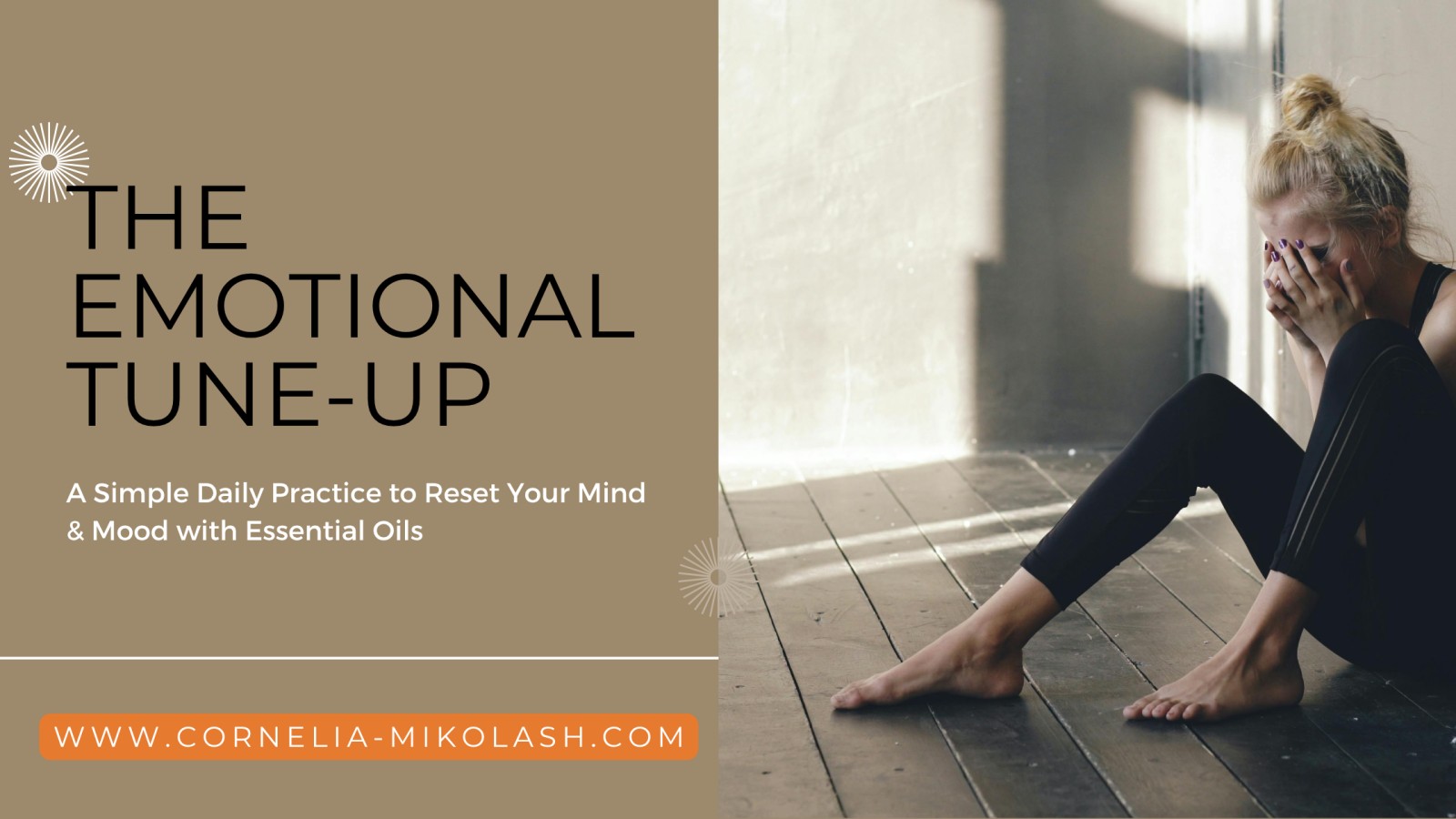
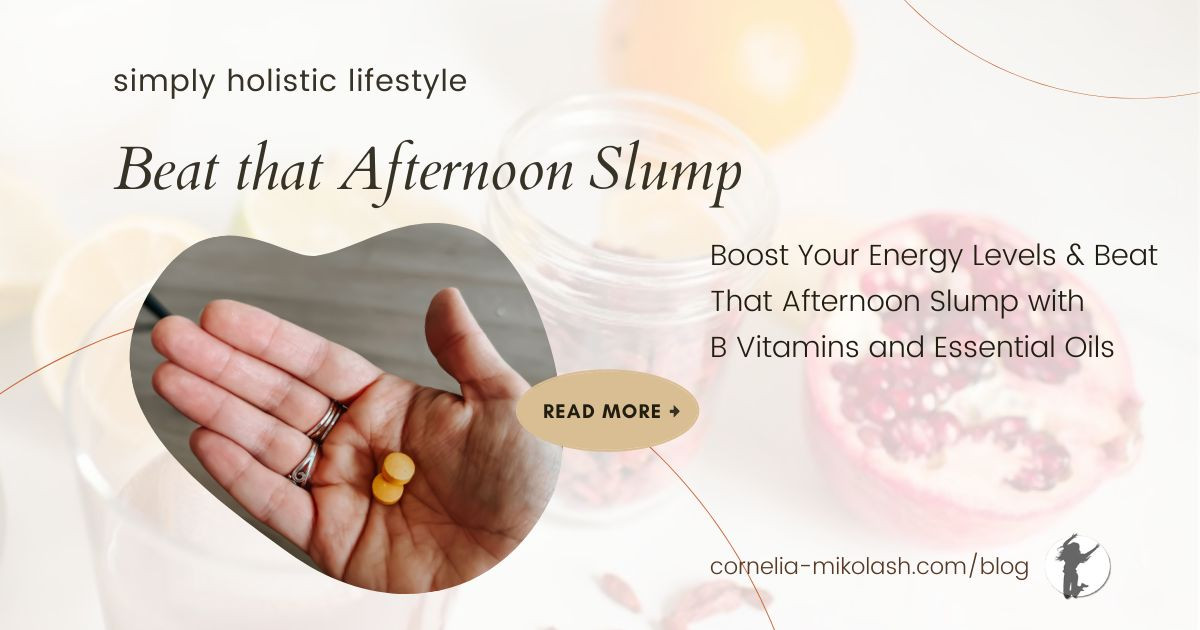


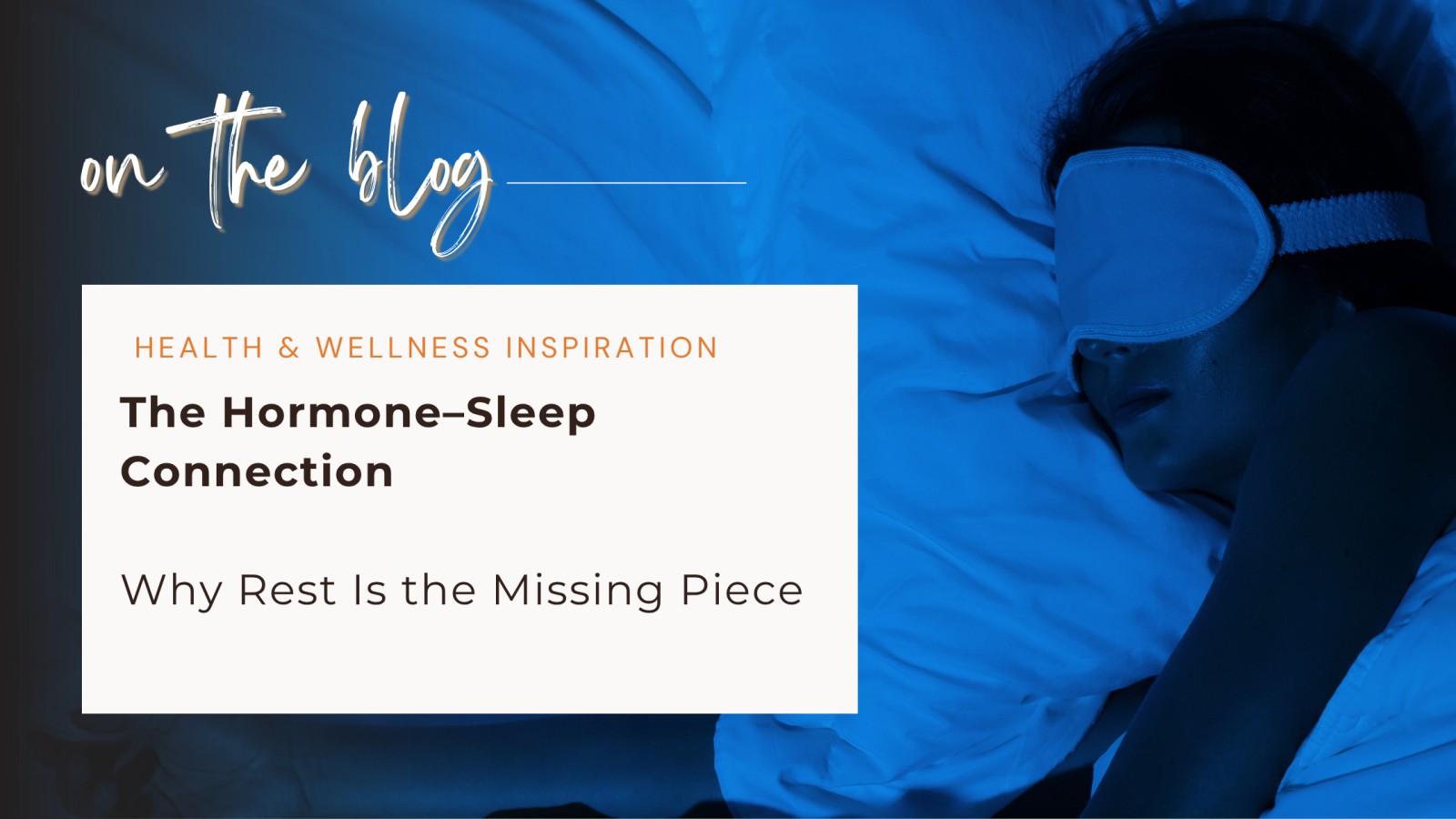
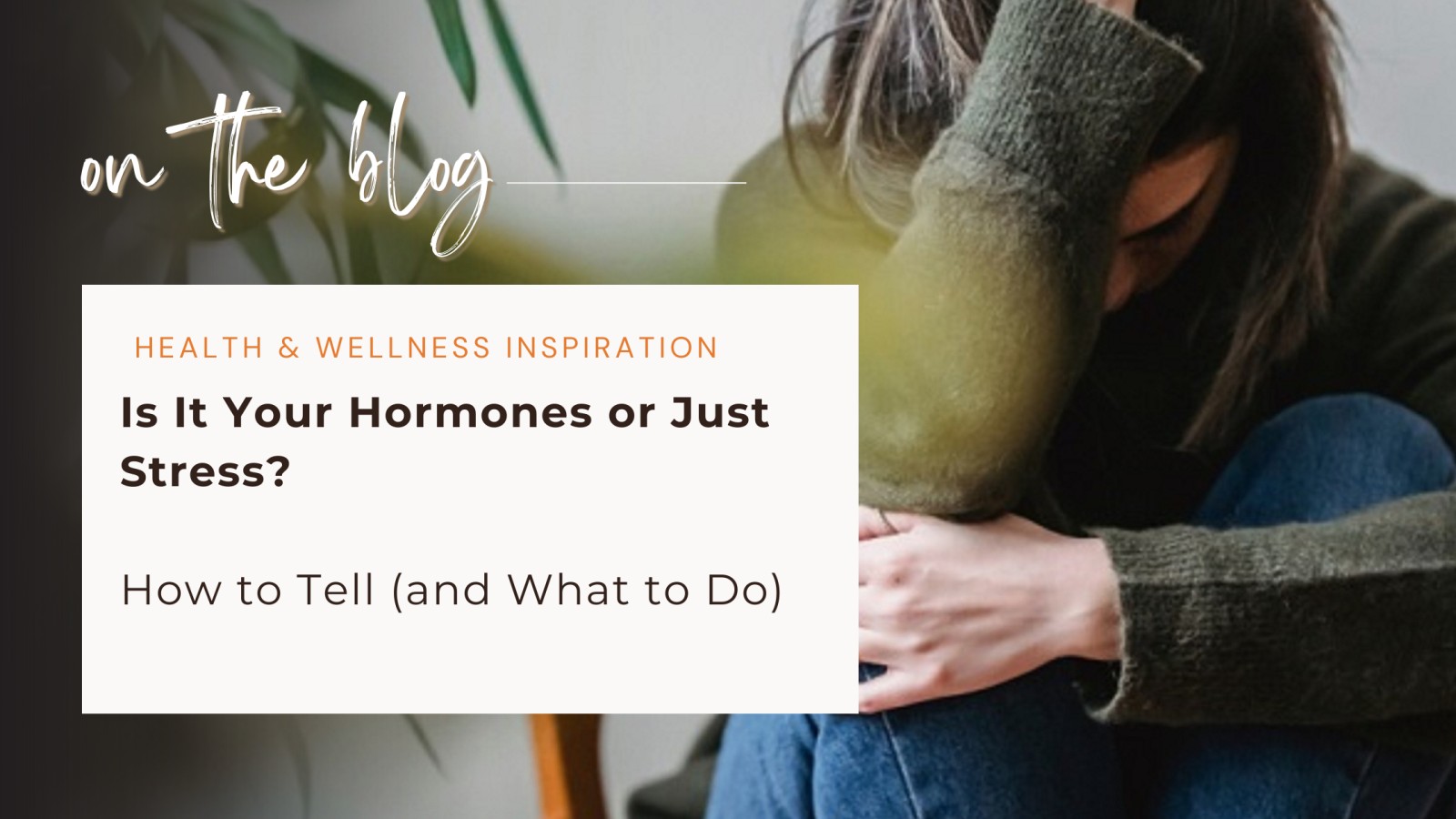





0 Comments